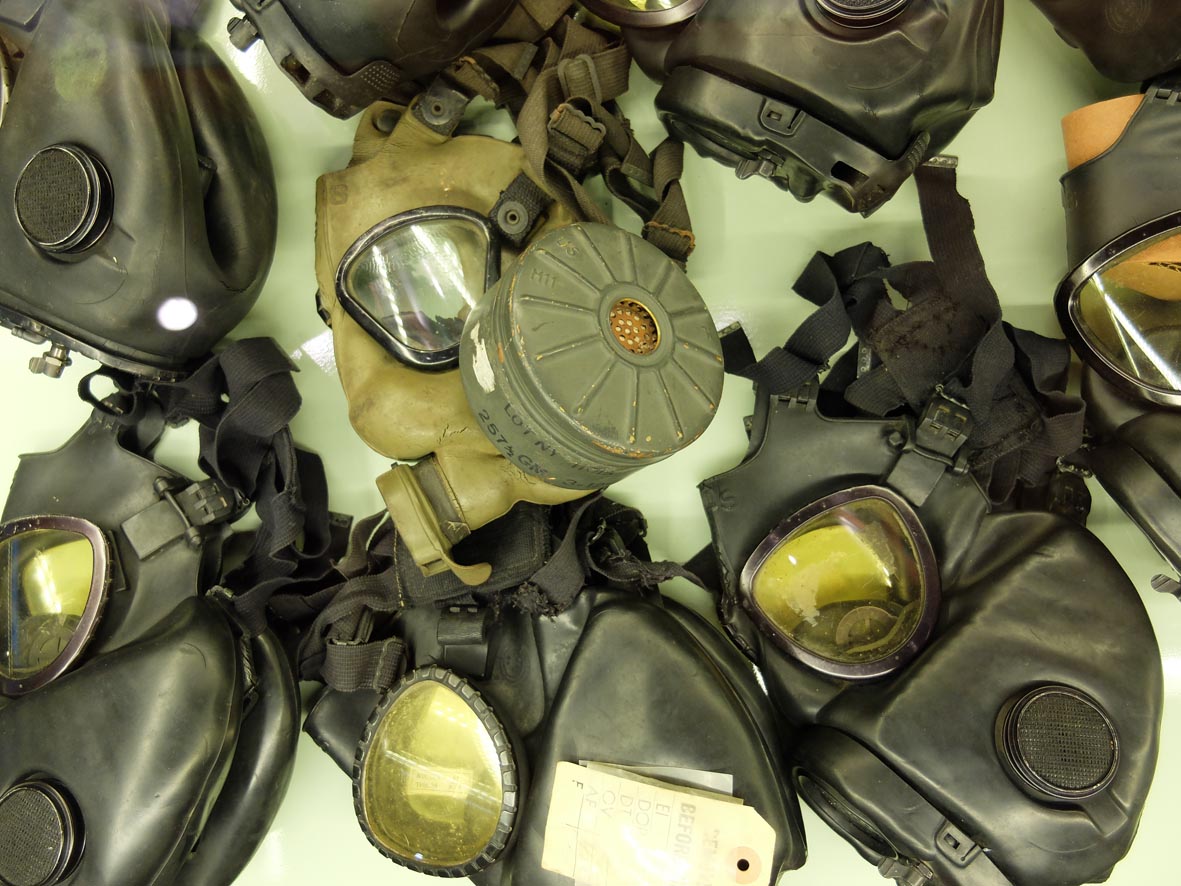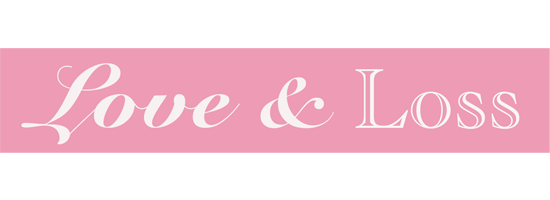05 Mar Gas Masks
 The American war in Vietnam has a complex and dark history. It began in 1954 as a war for independence with the French, after a brutal period of French colonial rule. It ended in 1976. Robert Macnamara, former US Defence Secretary at the time, later wrote, “Yet we were wrong, terribly wrong. We owe it to future generations to explain why.” For me, trying to understand something of the consequences of foreign powers drawing borders and funding factions teaches us both the importance of recognising what has happened, but also to see how it continues to cast global shadows in the present. The intelligence/counter intelligence and propaganda techniques of that time pre-figure our era of ‘fake news’ and political marketeering. Seeing Ken Burns 10 Part documentary series ‘The Vietnam War’ and reading John Pilger’s ‘Heroes’, then seeing the documentary photographs in the War Remnants Museum in Ho Chi Minh City (formerly Saigon), combine to build a picture of the era for me. However, it is meeting real people whose relatives were killed on one side or the other; and meeting people whose disabilities are a direct result of the use of ‘Agent Orange’ shock, but connect me to the real after effects. There are still areas where land mines or chemical residues cause serious harm. We visit the area, which was marked the ‘DMZ’ between designated North and South Vietnam. This was officially the De Militarized Zone, but known locally as the VMZ or Very Militarized Zone. Near by we bend down to enter long narrow tunnels in the clay soil, where local villages took shelter from bombing raids. We try to feel our way into imagining the terror, hunger and confusion experienced at the time. We feel the hard metal of iconic tanks left behind, inhumane in purpose.
The American war in Vietnam has a complex and dark history. It began in 1954 as a war for independence with the French, after a brutal period of French colonial rule. It ended in 1976. Robert Macnamara, former US Defence Secretary at the time, later wrote, “Yet we were wrong, terribly wrong. We owe it to future generations to explain why.” For me, trying to understand something of the consequences of foreign powers drawing borders and funding factions teaches us both the importance of recognising what has happened, but also to see how it continues to cast global shadows in the present. The intelligence/counter intelligence and propaganda techniques of that time pre-figure our era of ‘fake news’ and political marketeering. Seeing Ken Burns 10 Part documentary series ‘The Vietnam War’ and reading John Pilger’s ‘Heroes’, then seeing the documentary photographs in the War Remnants Museum in Ho Chi Minh City (formerly Saigon), combine to build a picture of the era for me. However, it is meeting real people whose relatives were killed on one side or the other; and meeting people whose disabilities are a direct result of the use of ‘Agent Orange’ shock, but connect me to the real after effects. There are still areas where land mines or chemical residues cause serious harm. We visit the area, which was marked the ‘DMZ’ between designated North and South Vietnam. This was officially the De Militarized Zone, but known locally as the VMZ or Very Militarized Zone. Near by we bend down to enter long narrow tunnels in the clay soil, where local villages took shelter from bombing raids. We try to feel our way into imagining the terror, hunger and confusion experienced at the time. We feel the hard metal of iconic tanks left behind, inhumane in purpose.



No Comments